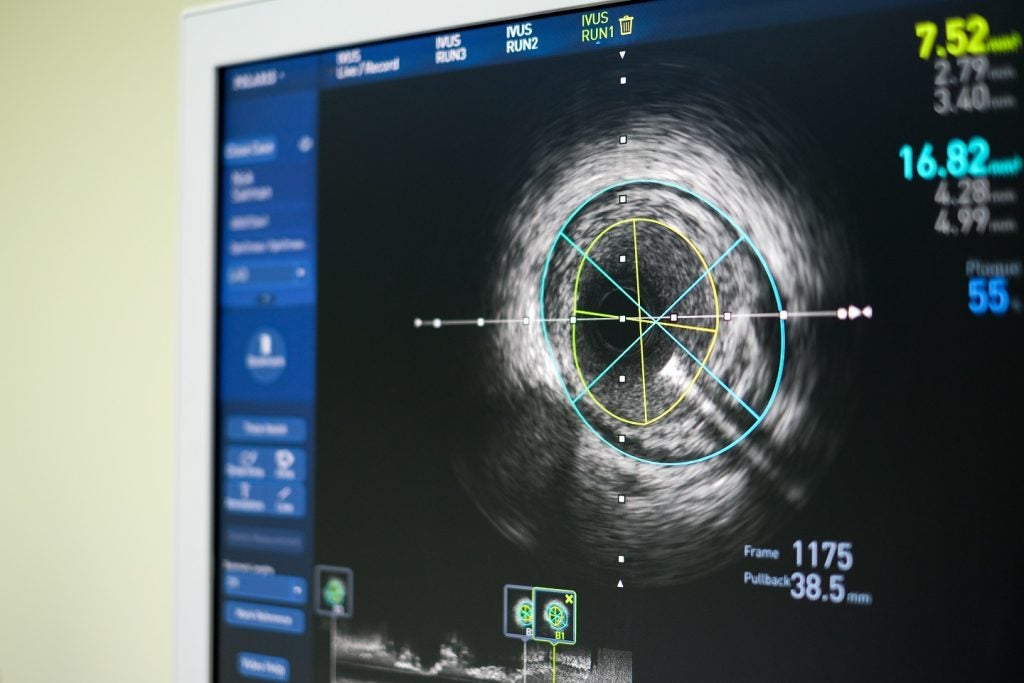Researchers at OU Health Stephenson Cancer Center in Oklahoma, US, are initiating a study that could transform pancreatic cancer detection using MSOT imaging.
This new imaging technique, combined with a specially designed contrast agent, has the potential to identify cancer cells as small as 200 microns.
Led by Lacey McNally and Ajay Jain from the OU College of Medicine, the research team received a $3m grant from the National Cancer Institute.
The effectiveness of this new imaging method lies in the synergy of two key elements.
McNally developed a distinctive contrast agent specifically designed for pancreatic cancer cells.
When introduced through intravenous delivery, the agent distinguishes pancreatic cancer cells from others by responding to the acidic environment unique to pancreatic cancer.
Upon encountering this acidity, the dye within the contrast agent essentially activates or “turns on.”
The second component is the MSOT device, which emits infrared light into the body, triggering the dye within the contrast agent. This stimulation generates sound waves, which the device detects and transforms into colours.
The outcome is a detailed image that captures elusive cancer cells that might otherwise go unnoticed.
McNally said: “This is a hybrid approach that accomplishes what a CT cannot.
“Pancreatic cancer often creates tentacles that spread out beyond the primary tumour. Currently, there is no way for the surgeon to know where they are. But if the surgery team can use this MSOT approach in the operating room, it can tell them in real-time where the cancer has metastasized so they can remove it.”













